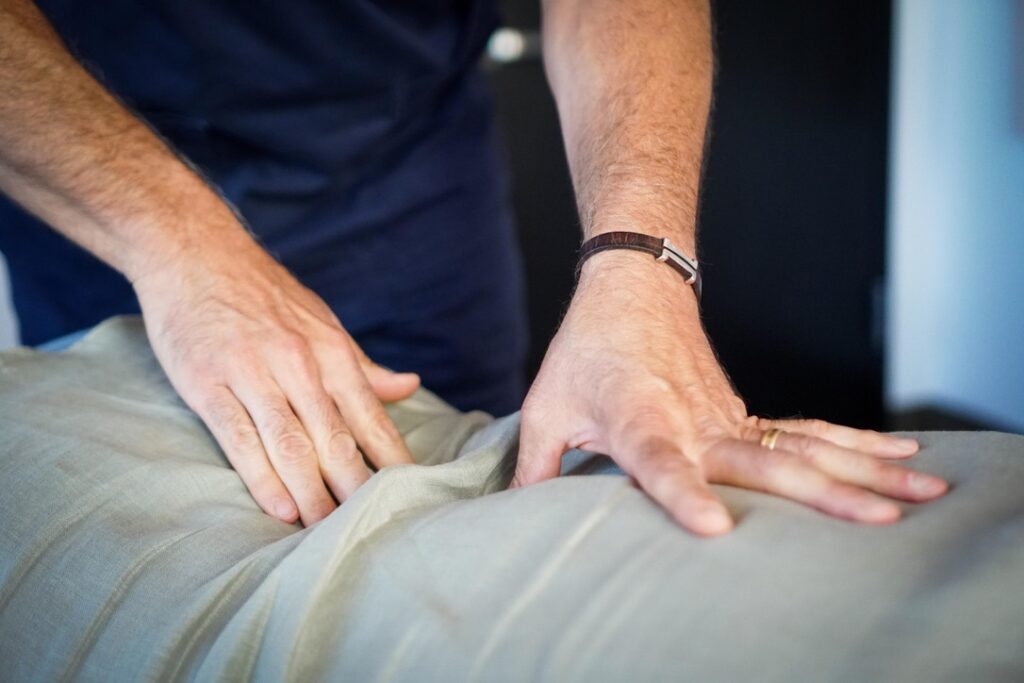
Dr. Manning specializes in a wide range of advanced manual techniques and therapies to ensure maximum benefit to each patient including:
We enhance your healing journey with advanced technology and techniques:
We treat a variety of conditions, including:
Many athletes—both professional and recreational—report improved performance in activities like running and golfing after chiropractic alignment and care.

Yes, chiropractic care is safe and beneficial for children! It can help:
Chiropractic care can reduce the occurrence of ear infections, potentially alleviating the need for pain medications and decreasing the need for tubes.
Chiropractic focuses on the connection between the patient’s musculoskeletal system and overall health. Using a drug-free, hands-on approach to diagnose and treat conditions, Chiropractors also provide nutritional, lifestyle, and therapeutic exercise guidance.
Chiropractic Adjustment
Spinal manipulation, or adjustment, which restores joint mobility and alleviates pain is the main focus at Manning Wellness chiropractic care. Various injuries or repetitive stress can restrict joint movement, leading to pain, inflammation, and reduced function. Chiropractic adjustments help:
While chiropractic adjustments are generally painless, mild soreness may occur but typically resolves within 12–48 hours.
In many cases, chiropractic care serves as the primary treatment for conditions like lower back pain, while also complementing other medical treatments by addressing musculoskeletal factors.
To complement chiropractic care, Manning Wellness Clinic also offers in-house massage therapy and acupuncture, ensuring a well-rounded approach to your health and healing. Experience the difference at Manning Wellness Clinic today!